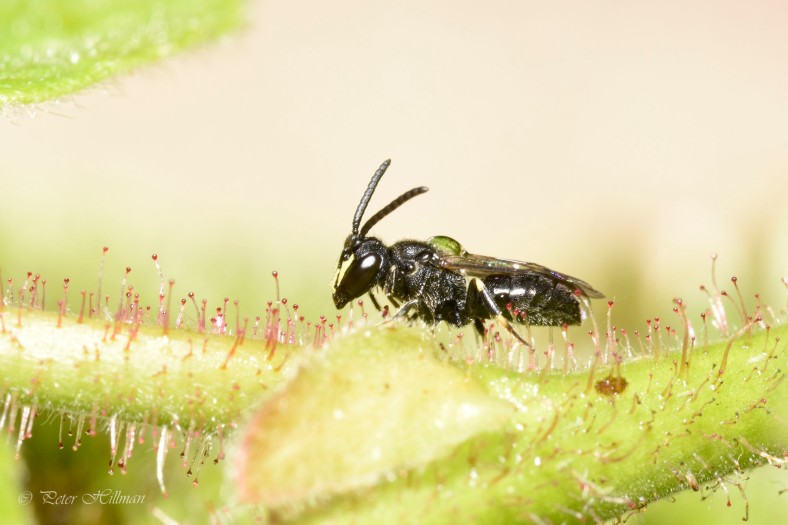x5 images. Double click to enlarge.

This extraordinary insect was discovered in the house, of all places. It is called the Small Snakefly Xanthostigma xanthostigma. This is a female with her long needle-like ovipositor.

There are only 4 species of snakefly in Great Britain under the insect order called Raphidioptera, and in 1 family Raphidiidae. There are 75 species in the whole of Europe, with around 225 worldwide. They are considered ‘living fossils’, as species from the early Jurassic period (140 millions years ago) resemble modern-day species.


The female has a long pointed ovipositor which she uses to lay eggs between cracks in bark. Once hatched, the larvae take around 2 years to become fully grown and are largely predatory on beetle larvae. Adults and larvae feed on other invertebrates like aphids or beetle larvae.













































































